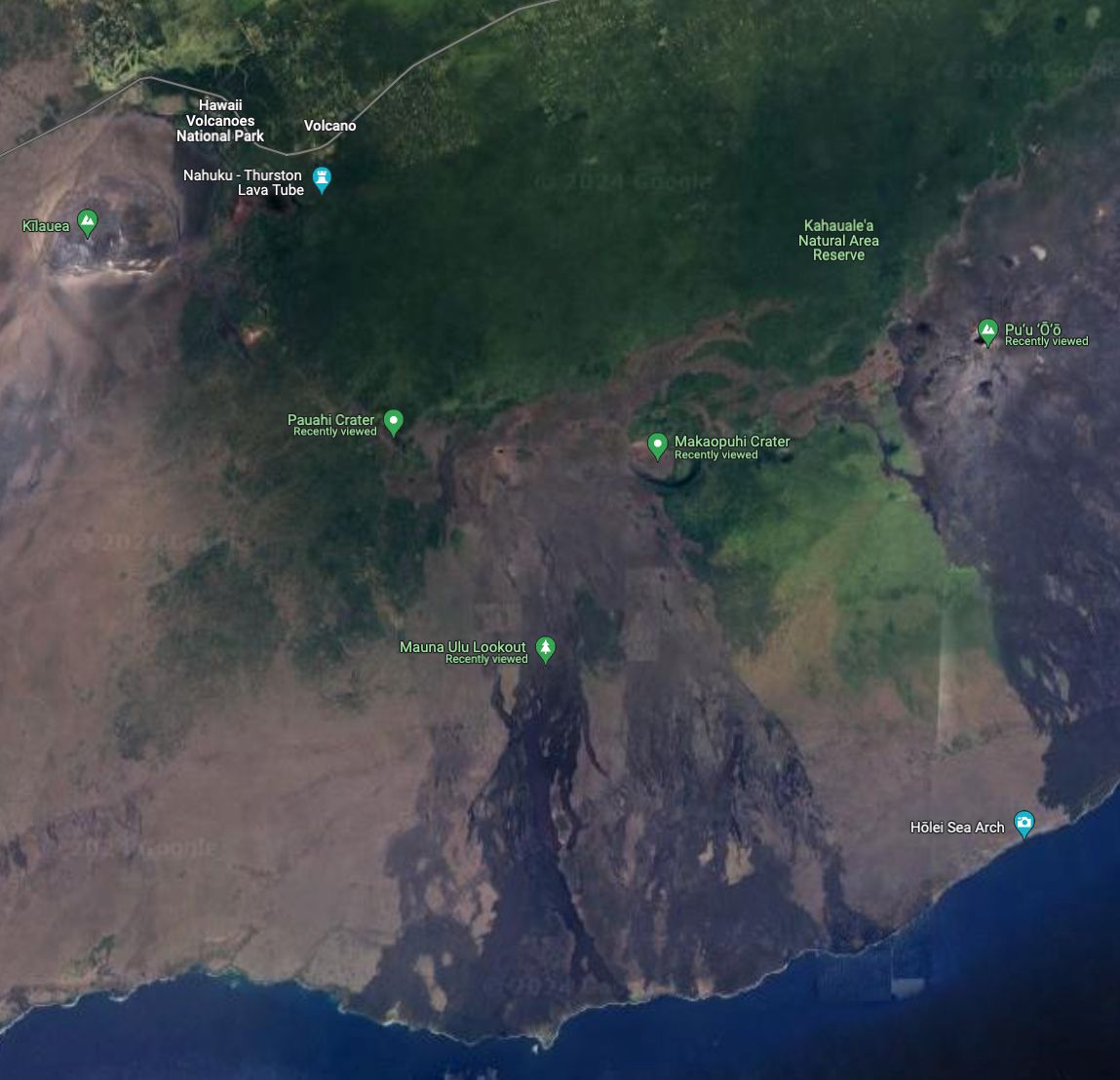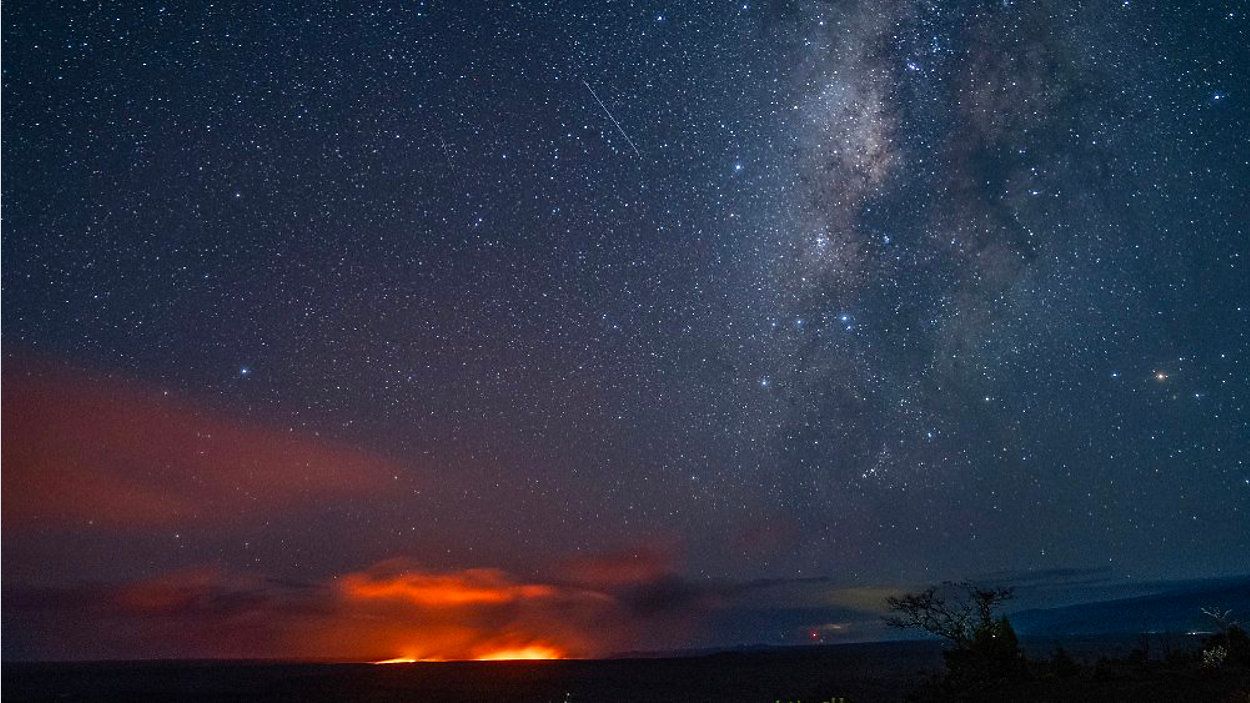HAWAII VOLCANOES NATIONAL PARK, Hawaii — Lava continues to move beneath the surface of Kilauea, although the volcano is not currently erupting.
Kilauea’s Middle East Rift Zone continues to see elevated rates of ground deformation. The Hawaiian Volcano Observatory said this indicates magma is accumulating beneath the ground in the area of Makaopuhi Crater and Napau Crater in the Middle East Rift Zone.

Between July 22 to 25, Kilauea’s summit region deflated as magma moved underground and into the upper East Rift Zone, with magma causing inflation near Pauahi Crater.
While this was happening, some earthquakes occurred in the upper Middle East Rift Zone past Maunaulu to Makaopuhi Crater. Starting July 23, ground deformation patterns in the Middle East Rift Zone showed extension and uplift, which has continued over the past week, although at slower rates.
Starting Aug. 8, the north flank of Puʻuʻōʻō in the Middle East Rift Zone started showing movement consistent with the ongoing inflation in the area. Instrumentation indicates the center of deformation remains west of Puʻuʻōʻō.
According to the Hawaiian Volcano Observatory, these ground deformation patterns indicate a magma pathway between the Upper East Rift Zone and upper Middle East Rift Zone has been reestablished and magma is moving into the storage region near Makaopuhi Crater following the July 22-25 event. However, the rate of ground deformation suggests the rate of magma supply has decreased over the past two weeks.
The Hawaiian Volcano Observatory said some potential outcomes include:
Magma continuing to slow below Makaopuhi Crater and no eruption taking place
New pulses of magma could move to the Middle East Rift Zone leading to an eruption
Increased rates of seismicity near the summit could occur before an eruption in the area
New pulses of magma could accumulate below Makaopuhi Crater and migrate eastward toward Puʻuʻōʻō, although this is the least likely scenario





